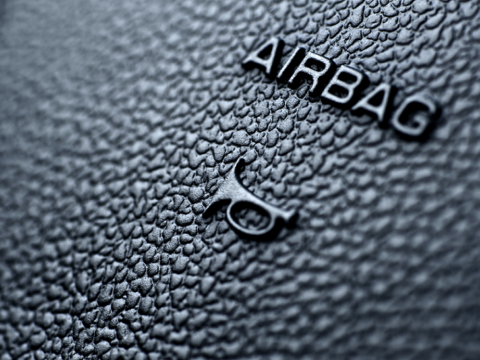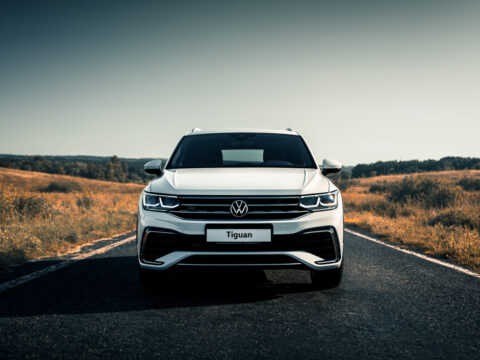The Porsche 911 is more than just a sports car; it’s an icon in the automotive world. Known for its distinctive design and thrilling performance, the 911 has captured the hearts of car enthusiasts for decades. But beyond its sleek exterior and powerful engine, there are many fascinating facts that even the biggest fans might not know. Here are 15 astonishing tidbits that reveal the rich history and surprising details of this legendary vehicle.
Contents
Longest Production Model
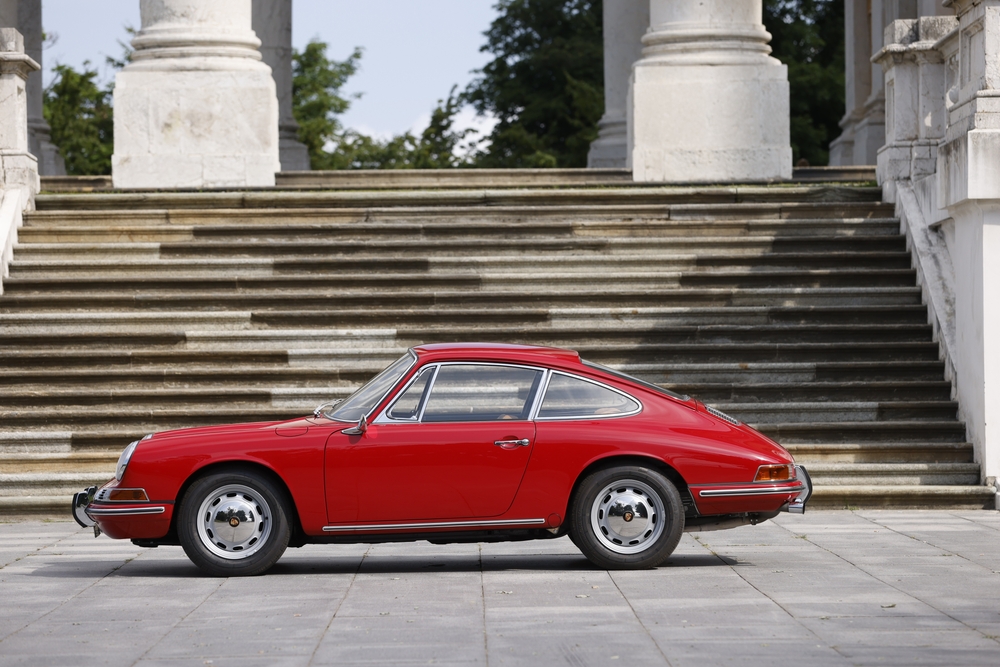
The Porsche 911 holds the distinction of being one of the longest-running sports car models in automotive history, with continuous production since its debut in 1964. This remarkable longevity is a testament to the model’s enduring appeal, iconic design, and engineering excellence. Over the decades, the 911 has evolved while maintaining its core identity, consistently setting benchmarks in the sports car world. Its ability to adapt to changing times while staying true to its roots has solidified its place as a timeless classic.
Original Name Change
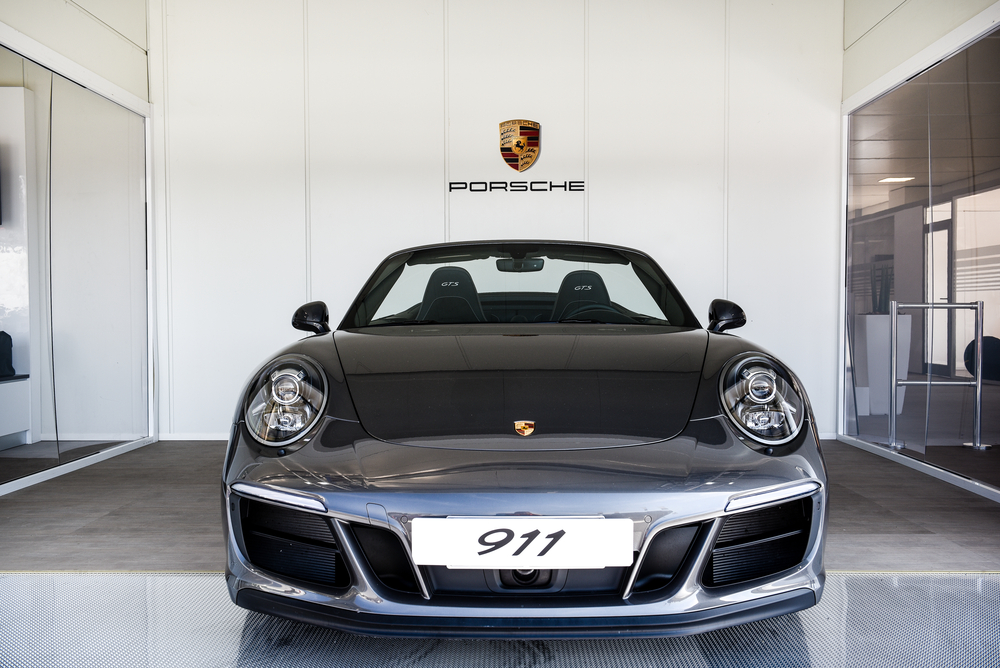
The Porsche 911 was originally named the “901” when it was first introduced. However, a legal issue with Peugeot, which had trademarked all three-digit car names with a zero in the middle, forced Porsche to change the model’s name to 911. This unexpected name change became one of the most recognizable and iconic numbers in automotive history. The “911” designation has since become synonymous with high performance, luxury, and driving pleasure, making it a key part of the car’s identity.
Rear-Engine Layout
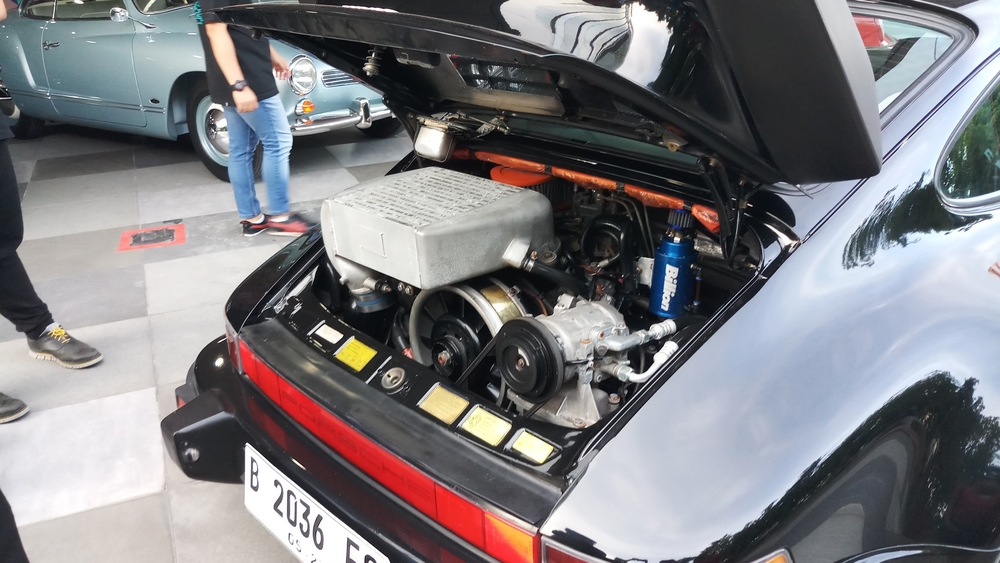
The Porsche 911’s distinctive rear-engine layout is one of its defining features, inspired by the Volkswagen Beetle, which was also designed by Ferdinand Porsche. This unique design places the engine over the rear axle, providing exceptional traction and a distinctive driving experience. While unconventional, this configuration has been fine-tuned over the years to deliver unmatched handling and performance, contributing to the 911’s reputation as a driver’s car.
First Turbocharged Model
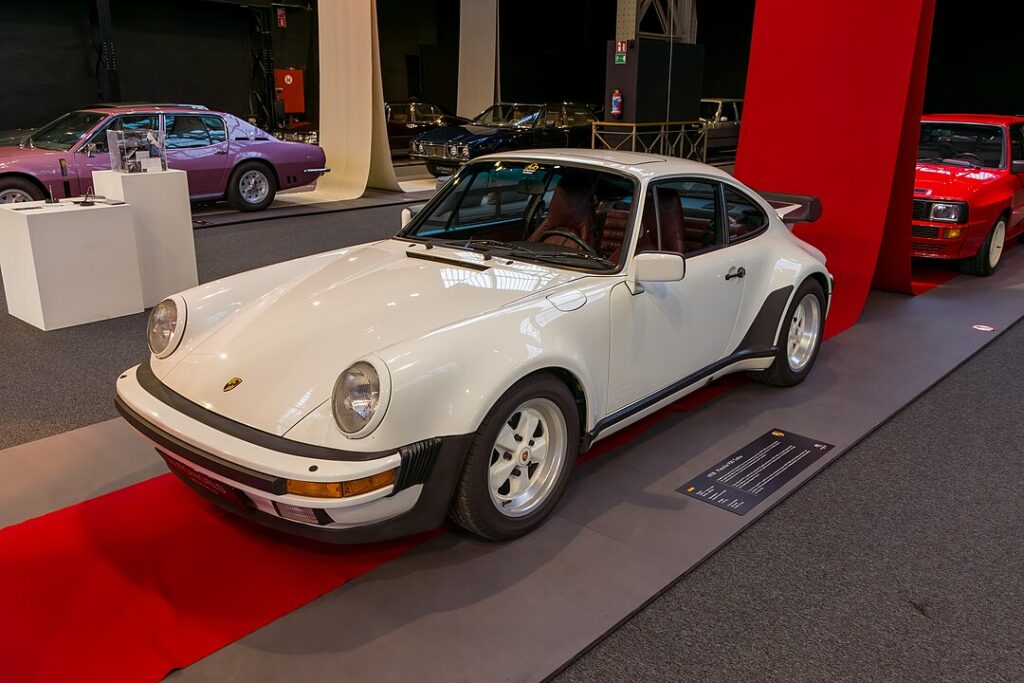
In 1975, Porsche introduced the first turbocharged 911, known as the 911 Turbo. This model was a game-changer in the sports car market, offering unprecedented power and performance. The 911 Turbo featured a 3.0-liter engine with a single KKK turbocharger, producing 260 horsepower, which was impressive for the time. The introduction of the Turbo marked the beginning of Porsche’s legacy in turbocharged performance, a feature that continues to define the 911 lineup today.
Iconic Design Evolution

The Porsche 911 is known for its instantly recognizable silhouette, a design that has remained largely consistent since its inception. Despite numerous updates and redesigns, the 911 has always retained its classic shape, characterized by its sloping roofline, round headlights, and rear-engine layout. This design evolution has allowed the 911 to stay relevant and modern while honoring its heritage, making it a symbol of timeless automotive design.
Le Mans Success

The Porsche 911 has a storied history in motorsport, particularly at the 24 Hours of Le Mans, one of the most prestigious endurance races in the world. The 911 has achieved multiple class victories at Le Mans, showcasing its reliability, durability, and performance under the most grueling conditions. These successes on the track have cemented the 911’s reputation as not just a sports car, but a proven race car with a legacy of winning.
The ‘Widowmaker’ Reputation
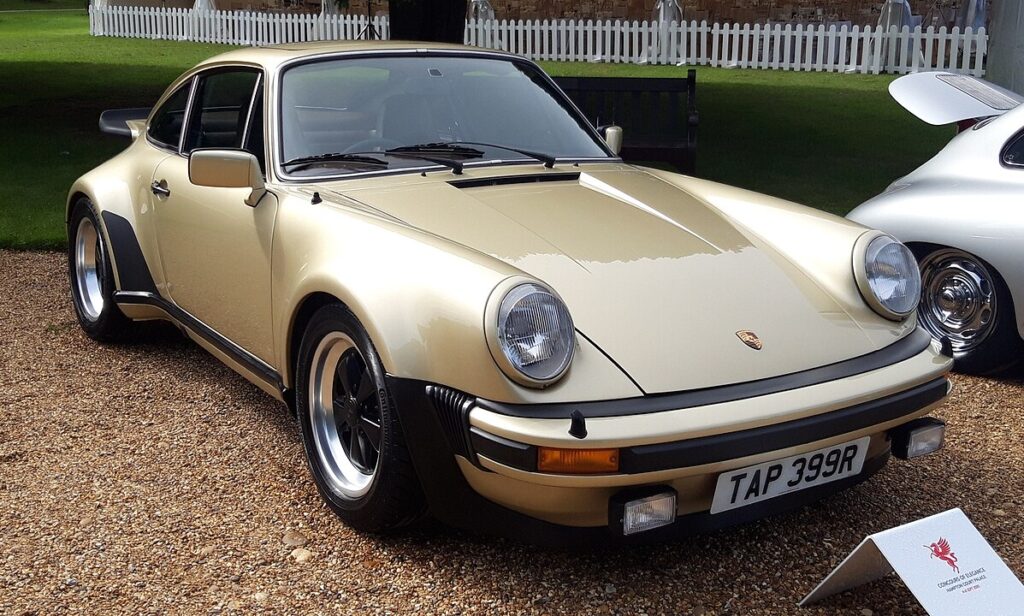
Early turbocharged versions of the Porsche 911, particularly the 930 Turbo, earned the nickname “Widowmaker” due to their challenging handling characteristics. The combination of a powerful turbocharged engine and a rear-engine layout made these cars notoriously difficult to control, especially in inexperienced hands. The sudden surge of power from the turbo could catch drivers off guard, leading to unpredictable handling. This reputation added to the mystique and allure of the 911 Turbo, making it both feared and revered among enthusiasts.
Iconic Headlights
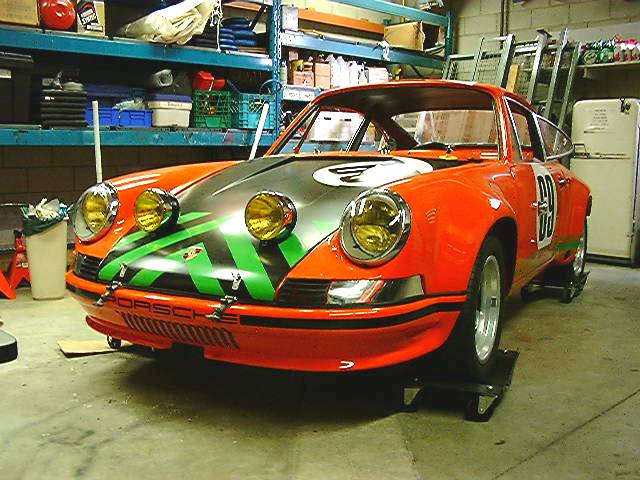
The Porsche 911’s distinctive round headlights are one of its most recognizable features, setting it apart from other sports cars. This design choice, which has been a constant throughout the 911’s evolution, gives the car its unmistakable front-end appearance. The round headlights are not just a design element; they are a symbol of the 911’s heritage and a nod to the early Porsche 356, which also featured round headlights. This continuity in design has helped the 911 maintain its iconic status.
Air-Cooled Legacy
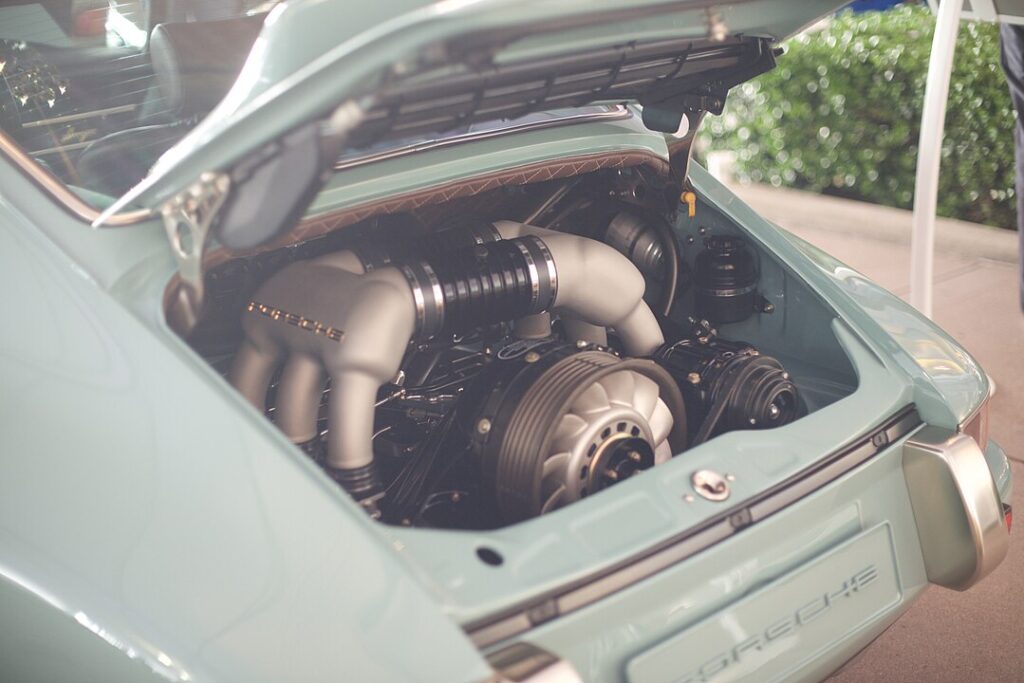
For the first 34 years of its production, the Porsche 911 was powered by air-cooled engines, a feature that became a defining characteristic of the car. The air-cooled engine, which used air rather than water to cool the engine, gave the 911 its distinctive sound and performance characteristics. This changed in 1998 with the introduction of the 996 generation, which featured a water-cooled engine to meet stricter emissions standards. The transition marked the end of an era, but the air-cooled models remain highly sought after by purists and collectors.
911 Targa Innovation
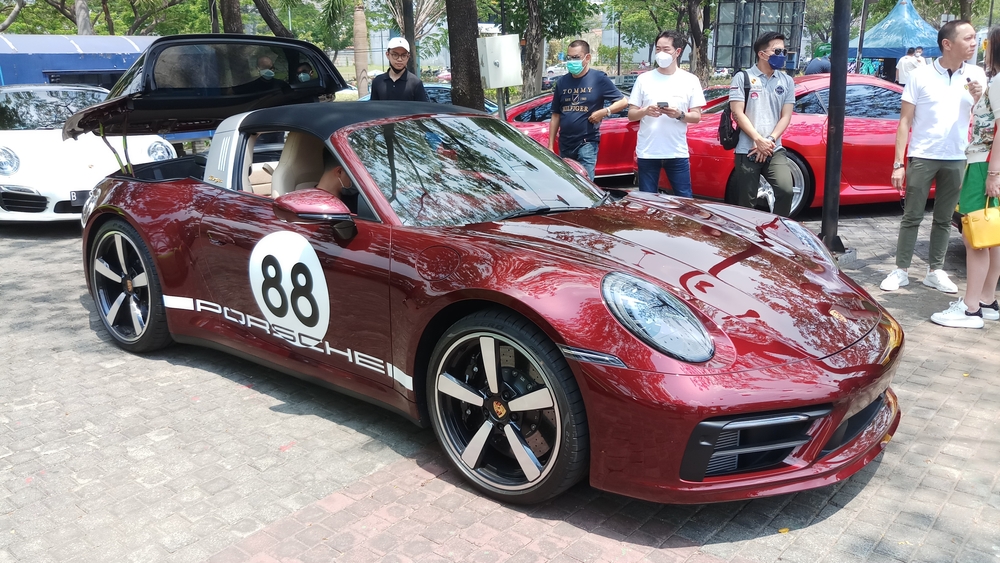
The Porsche 911 Targa, introduced in 1965, was a revolutionary model that combined the benefits of a coupe and a convertible. Featuring a removable roof panel and a fixed rear window, the Targa was designed to address potential safety concerns associated with traditional convertibles. The Targa’s unique design provided the open-air experience of a convertible while retaining the structural integrity of a coupe. This innovation became a signature feature of the 911 and has been a popular choice among buyers who want the best of both worlds.
911 Carrera RS 2.7
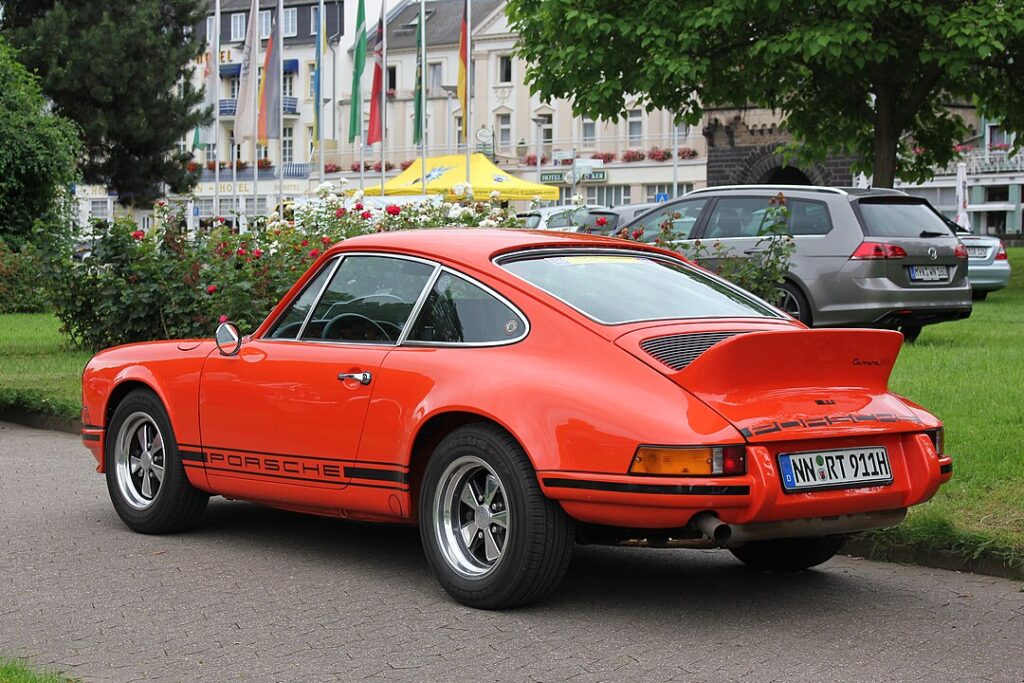
The 1973 Porsche 911 Carrera RS 2.7 is one of the most iconic and sought-after 911 models ever produced. Known for its lightweight construction, the RS 2.7 was designed for racing and featured a distinctive ducktail spoiler, which improved aerodynamics and stability at high speeds. The car’s 2.7-liter engine produced 210 horsepower, making it a formidable performer on the track. Today, the Carrera RS 2.7 is a highly prized collector’s item, with prices often exceeding $1 million, reflecting its significance in Porsche’s history.
Largest Flat-Six Engine
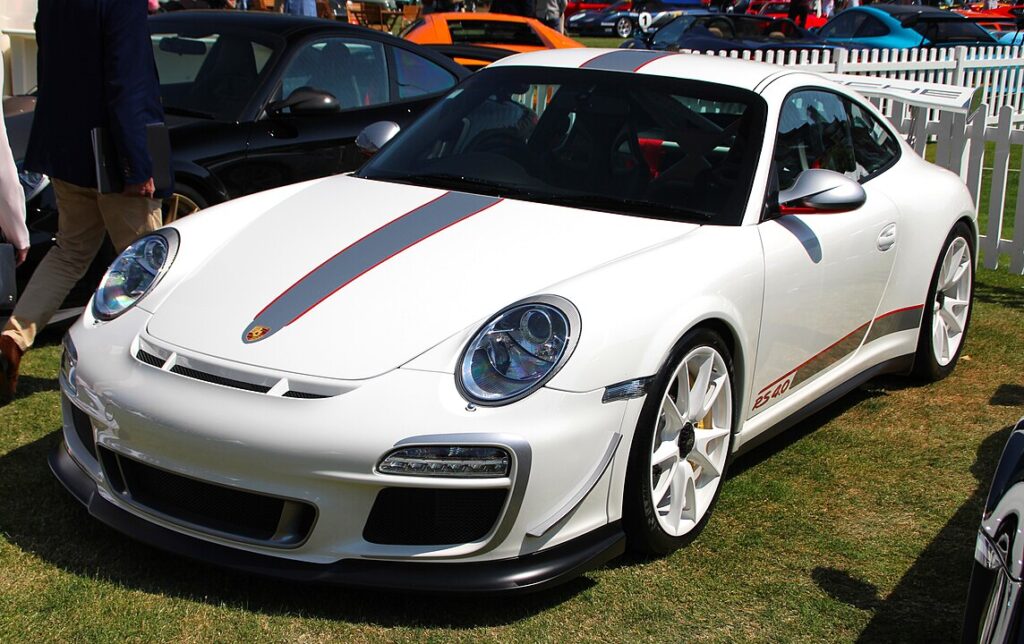
The 911 GT3 RS 4.0, introduced in 2011, featured the largest naturally aspirated flat-six engine ever produced by Porsche. This 4.0-liter engine delivered 500 horsepower and was designed for maximum performance on the track. The GT3 RS 4.0 was a limited-edition model, with only 600 units produced, making it a rare and highly sought-after version of the 911. Its impressive engine and track-focused design make it a standout in the 911 lineup, appealing to enthusiasts who demand the ultimate in performance.
Electric Future
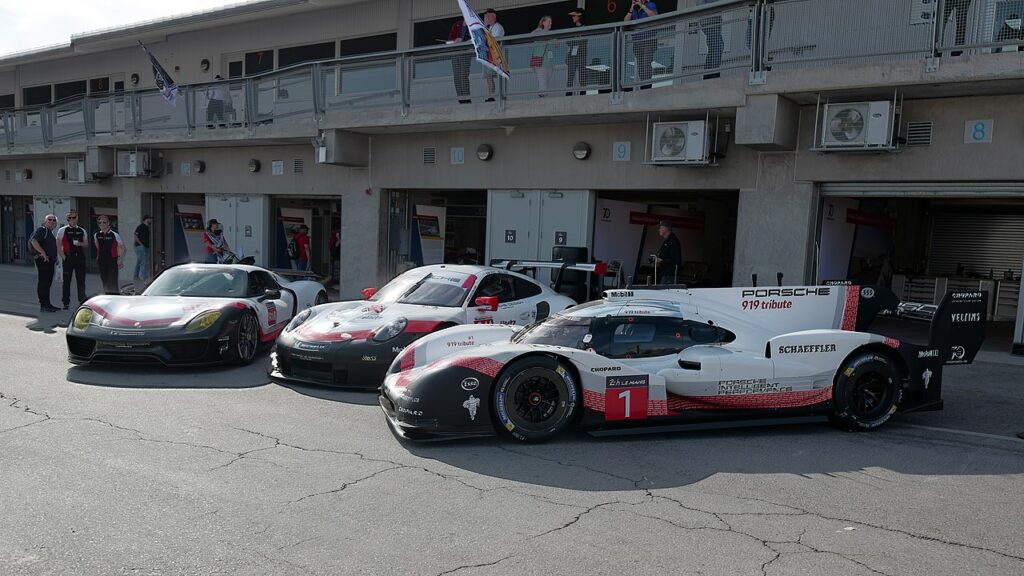
Porsche is paving the way for an electric future with the 911, exploring hybrid and fully electric versions of the iconic sports car. The brand is committed to combining the 911’s legendary performance with cutting-edge technology to meet the demands of modern drivers and environmental regulations. While the traditional combustion engine remains at the heart of the 911, the introduction of hybrid technology will allow Porsche to reduce emissions without compromising the driving experience. This move towards electrification represents a significant evolution in the 911’s legacy.
Porsche Exclusive Manufaktur
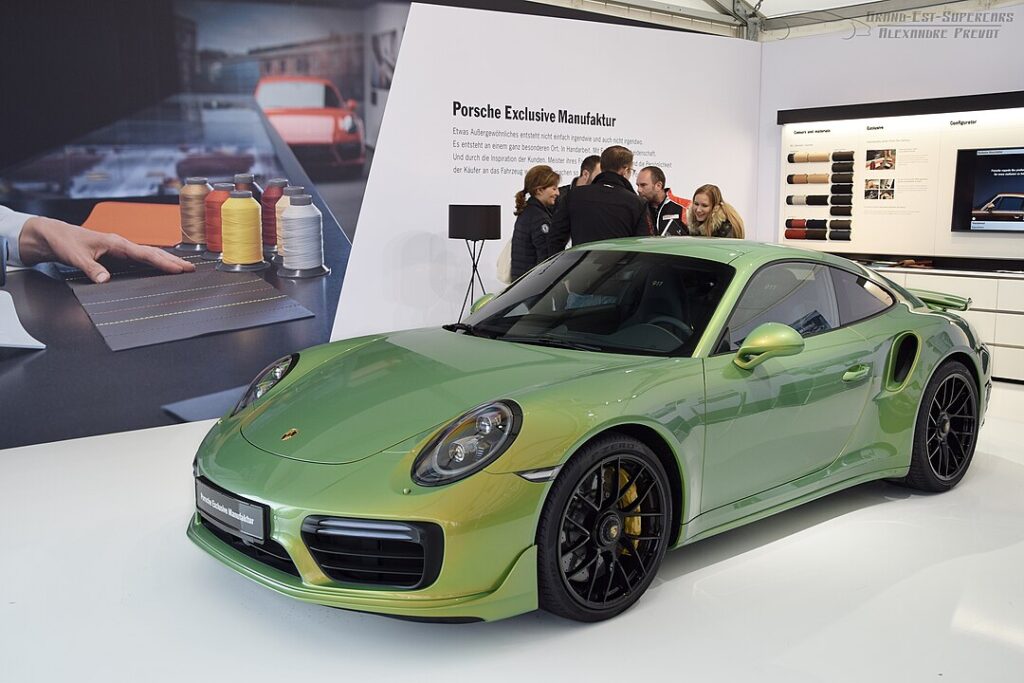
Porsche offers an extensive customization program called Porsche Exclusive Manufaktur, allowing 911 buyers to personalize nearly every aspect of their car. From bespoke paint colors and unique interior materials to custom stitching and special badging, this program enables owners to create a truly one-of-a-kind 911. The level of customization available through Porsche Exclusive Manufaktur reflects the brand’s commitment to craftsmanship and attention to detail, offering a unique way for enthusiasts to express their individuality.
911 Rarity
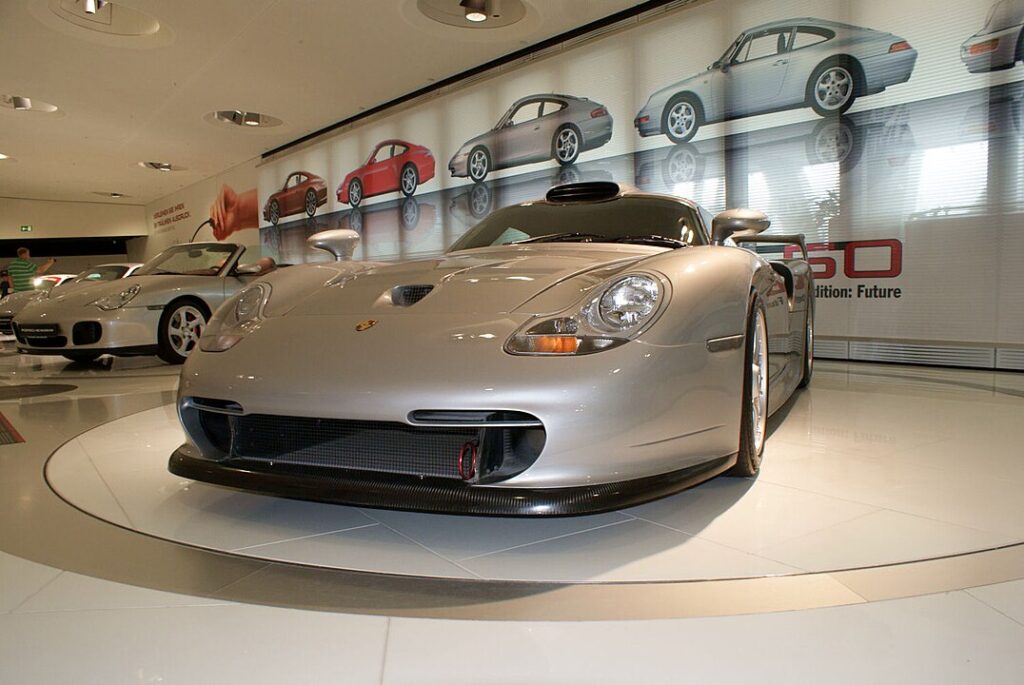
The Porsche 911 GT1 Straßenversion is one of the rarest 911s ever built, with only 25 units produced. This road-legal version of the GT1 race car was developed to meet homologation requirements for the FIA GT Championship. The GT1 Straßenversion featured a twin-turbocharged flat-six engine producing 537 horsepower, making it one of the most powerful 911s of its time. Its rarity and racing pedigree make it a highly coveted collector’s item, with prices reaching into the millions.
This article originally appeared in MyCarMakesNoise.
More from MyCarMakesNoise
20 Rarely Seen Hypercars from the 1990s

The 1990s saw the emergence of hypercars that pushed the limits of performance and design, yet some of these incredible machines remain rarely seen. These vehicles were at the forefront of automotive innovation, boasting groundbreaking engineering and breathtaking speed. Read More
20 Innovative Motorcycles That Failed to Hit the Market
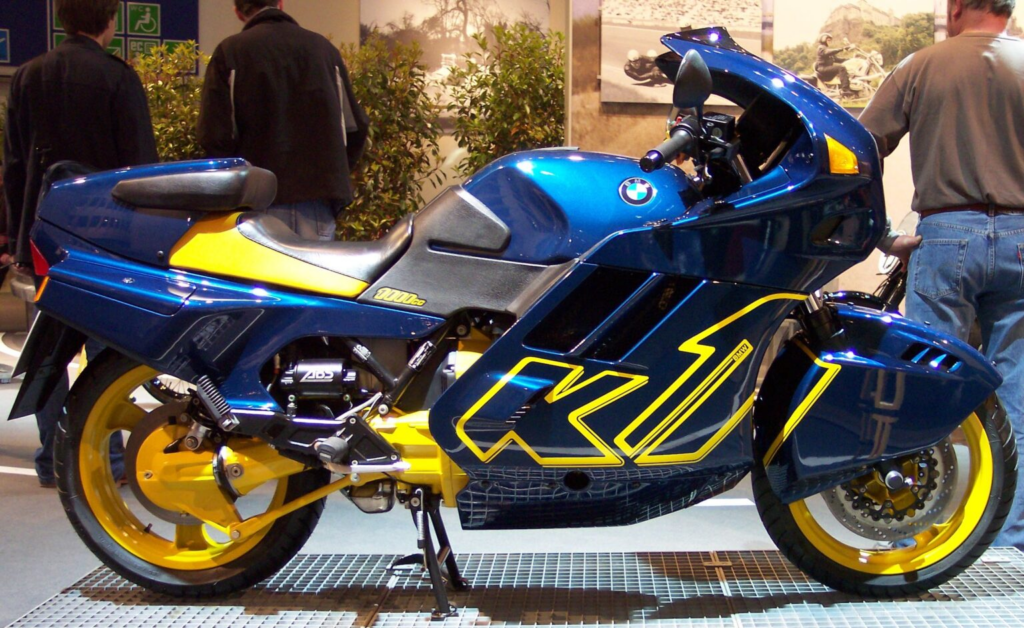
Innovative motorcycles often introduce groundbreaking features and designs, yet not all of them make it to the market. These bikes may be halted by production issues, regulatory challenges, or lack of consumer interest despite their advanced technology and unique concepts. Read More
20 Ultra-Luxurious Sports Cars for the Ultimate Driving Experience

Ultra-luxurious sports cars offer an unparalleled driving experience, combining top-tier performance with exquisite craftsmanship and cutting-edge technology. These vehicles feature powerful engines, bespoke interiors, and advanced aerodynamics to ensure both speed and comfort. Read More



